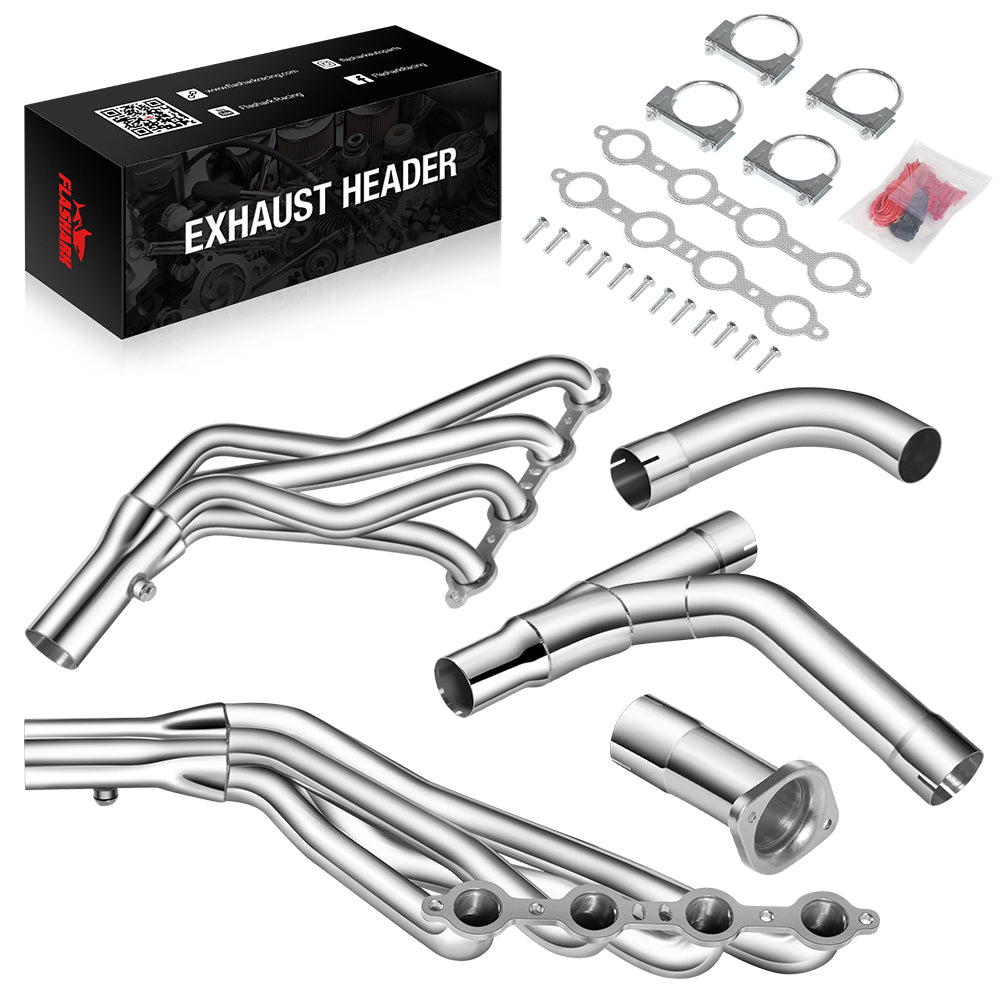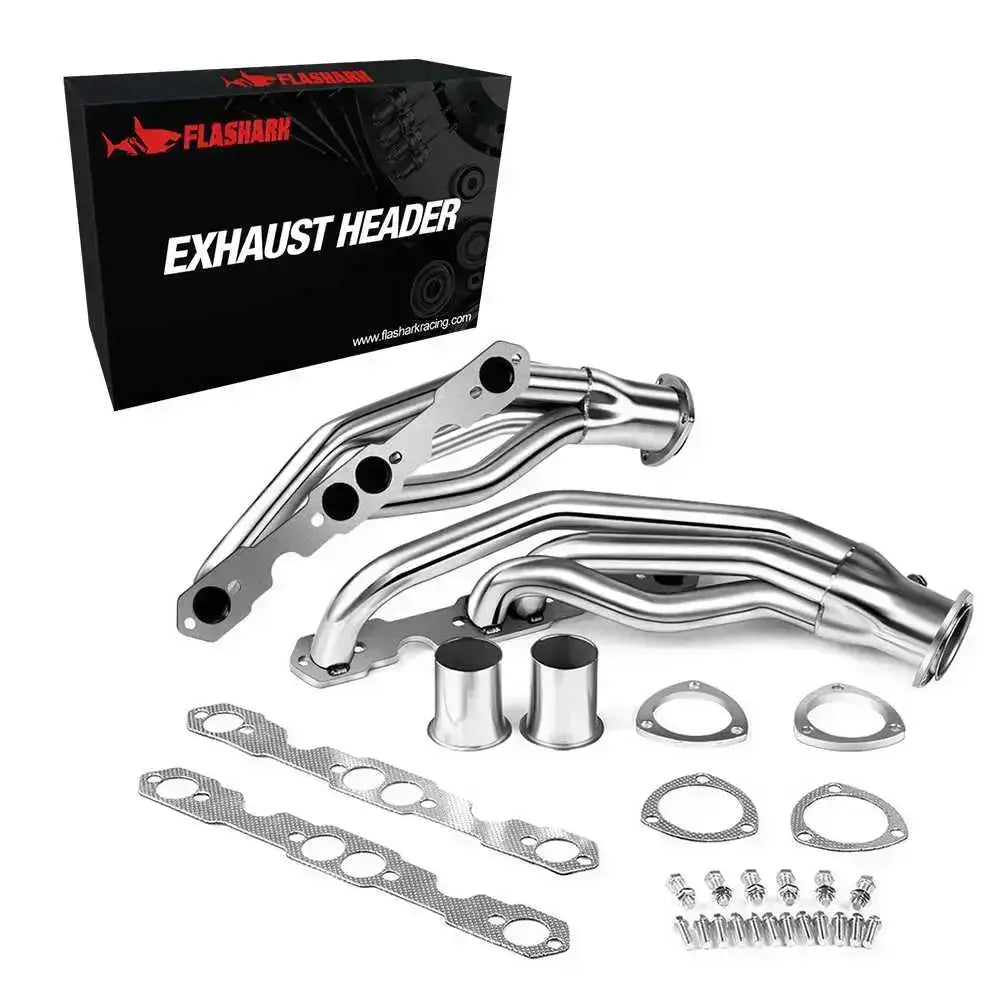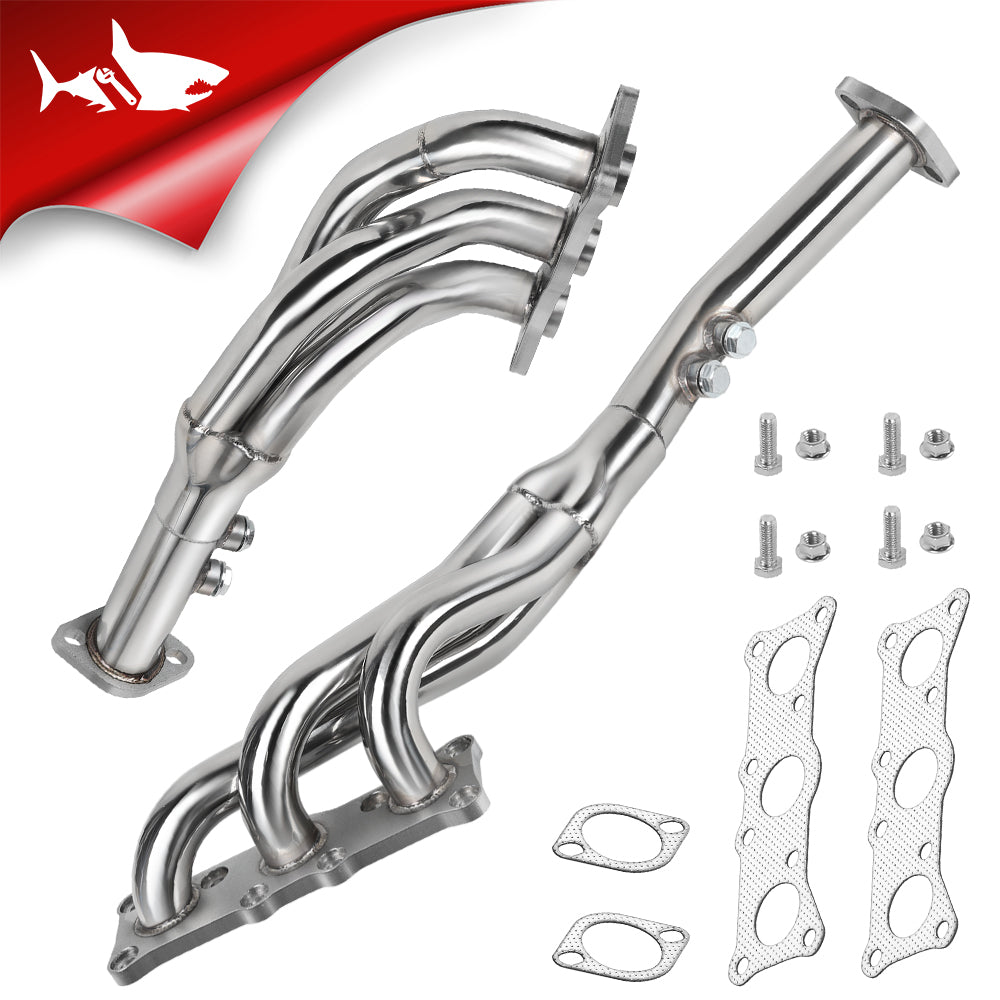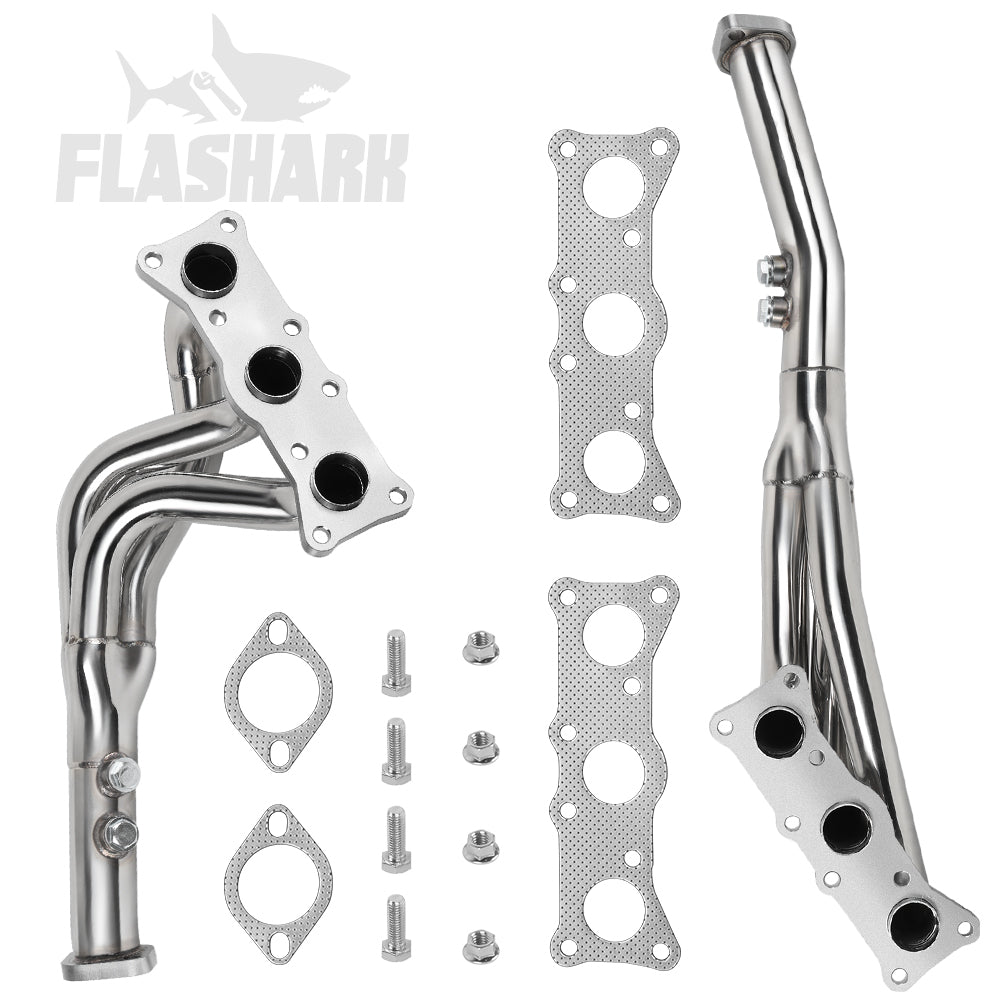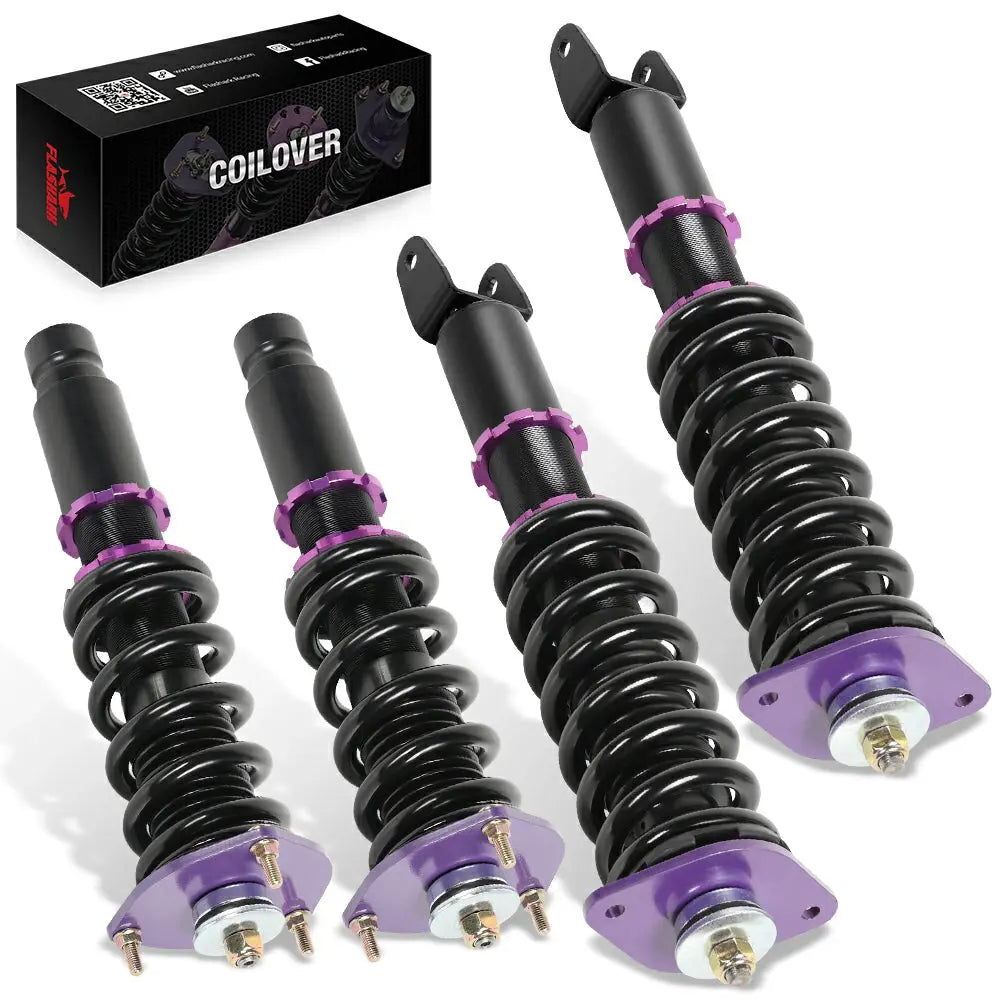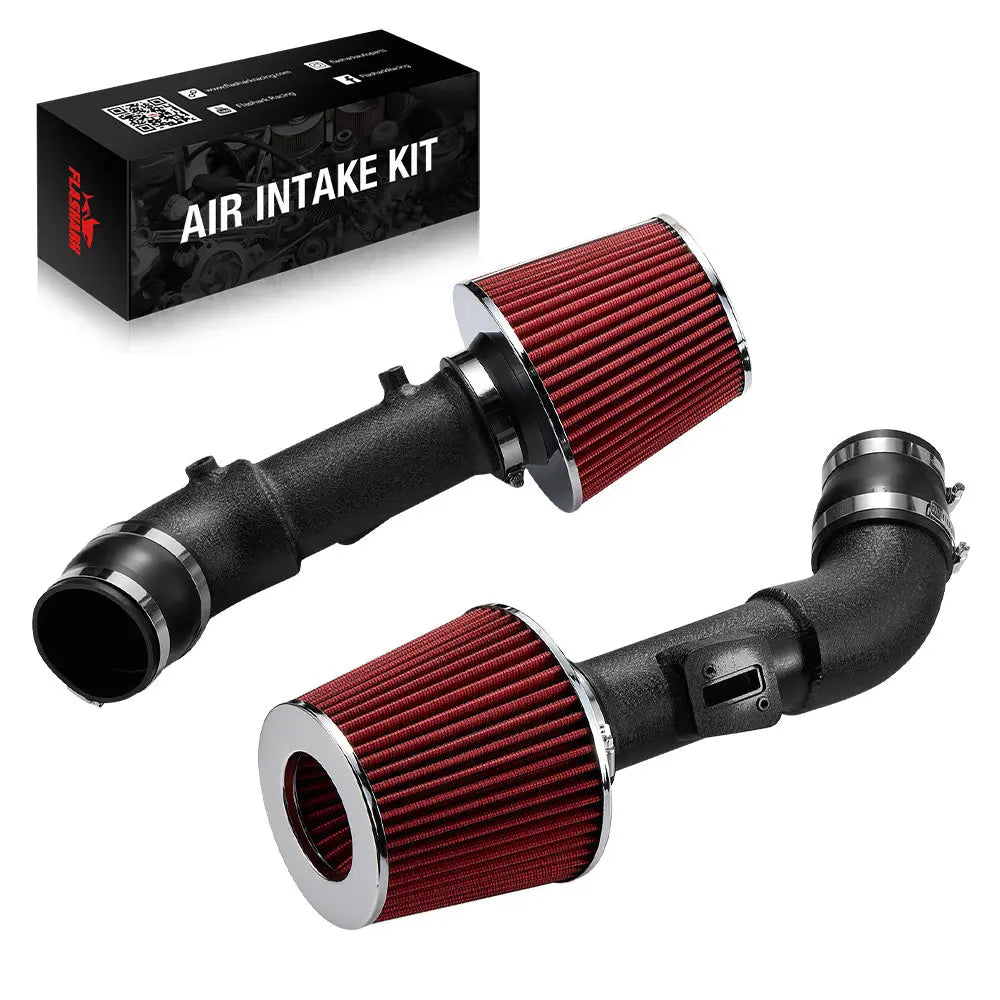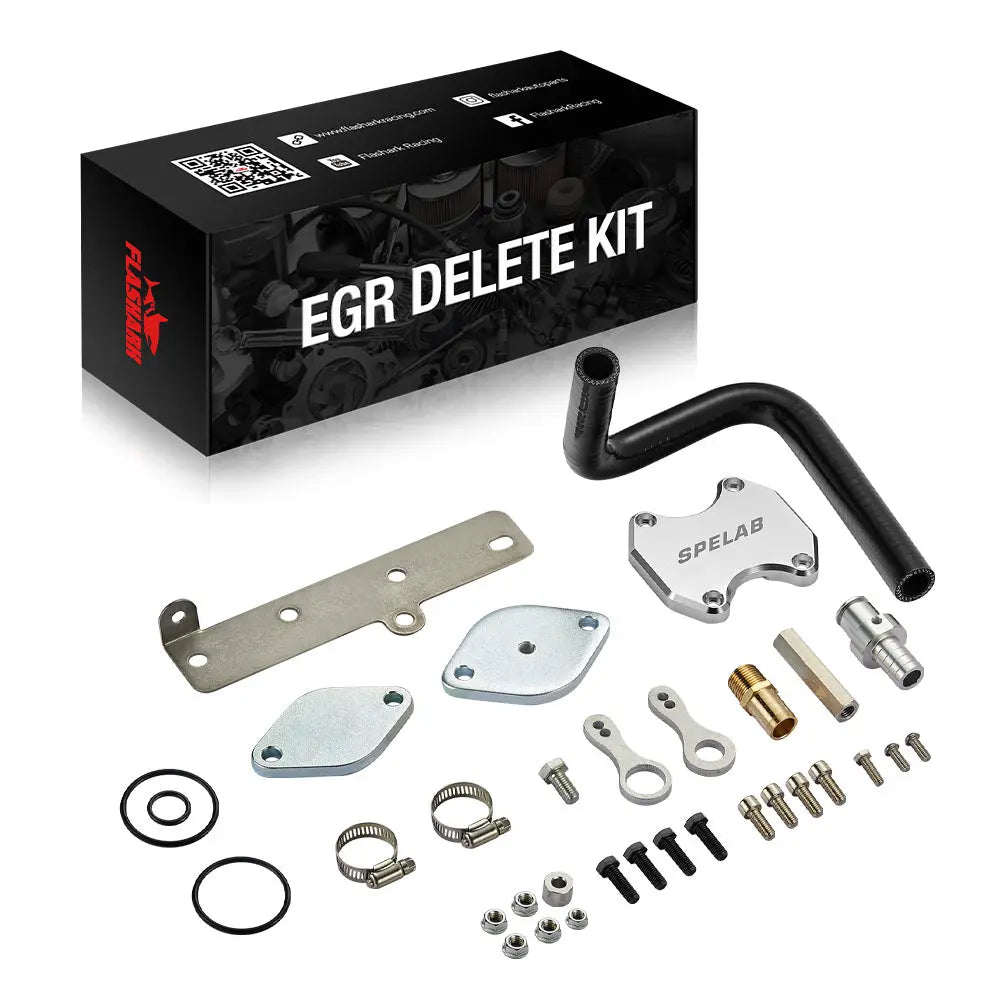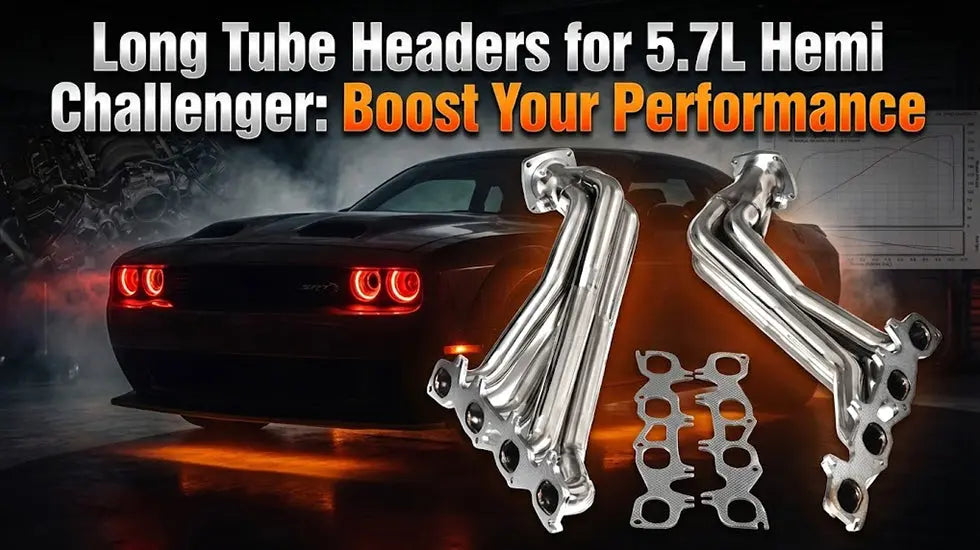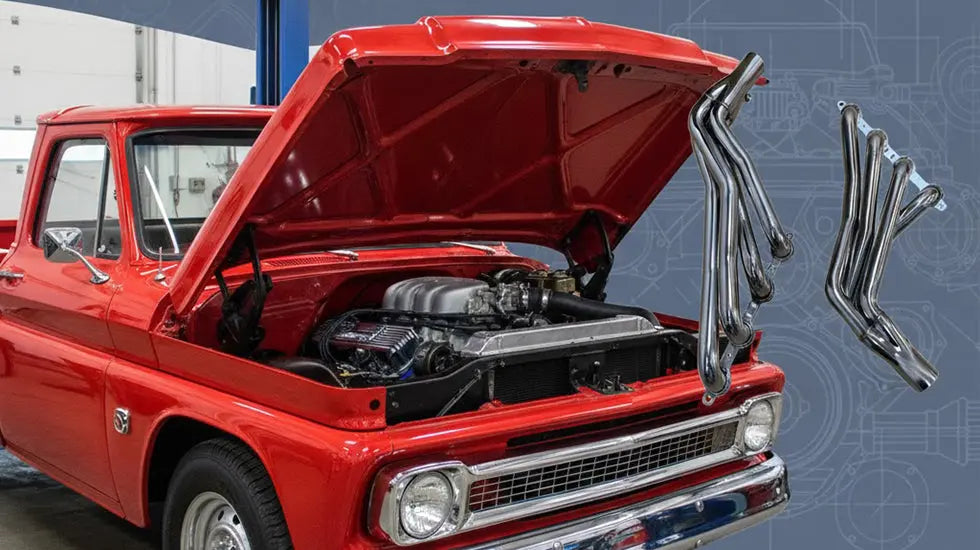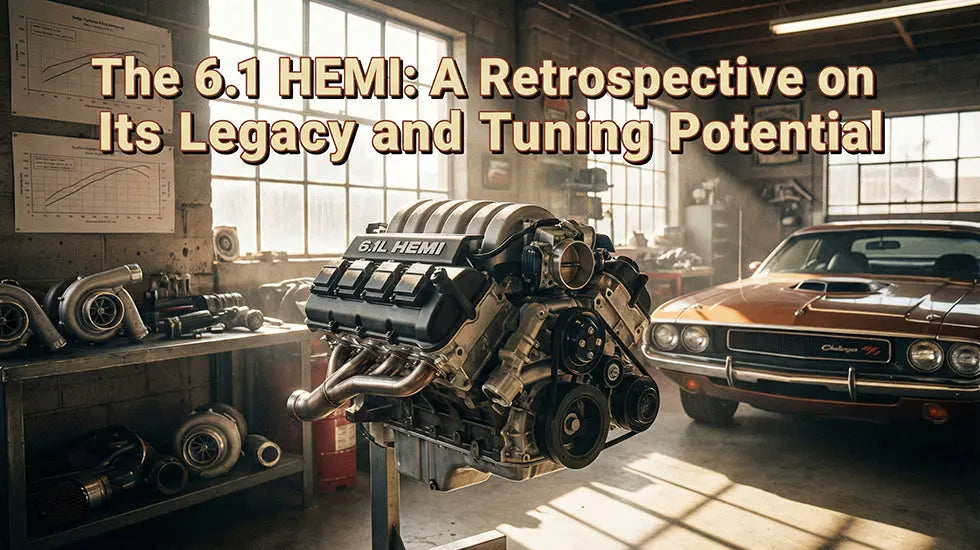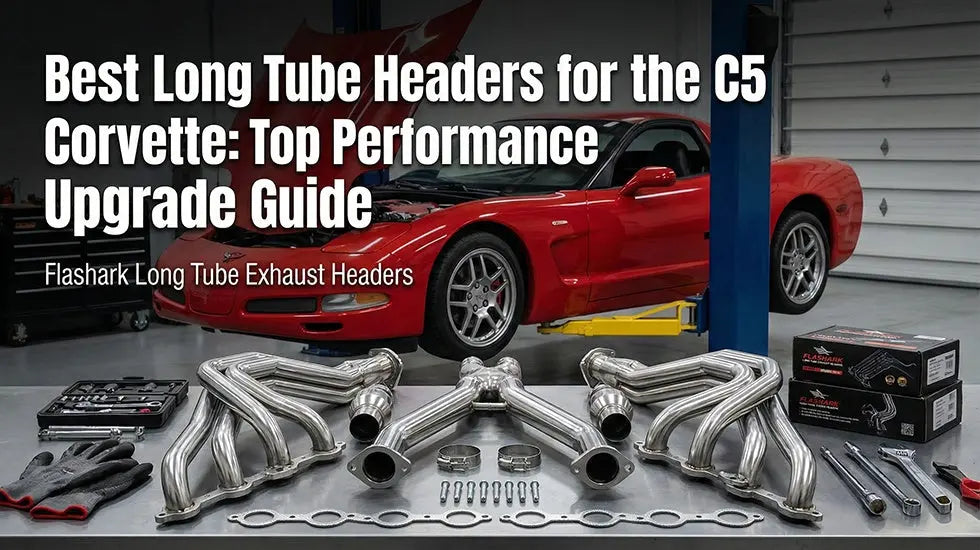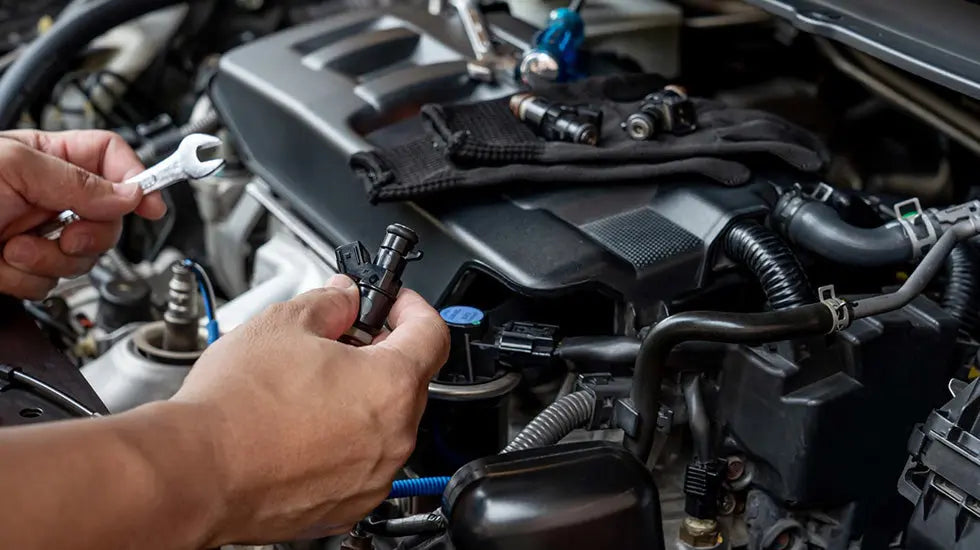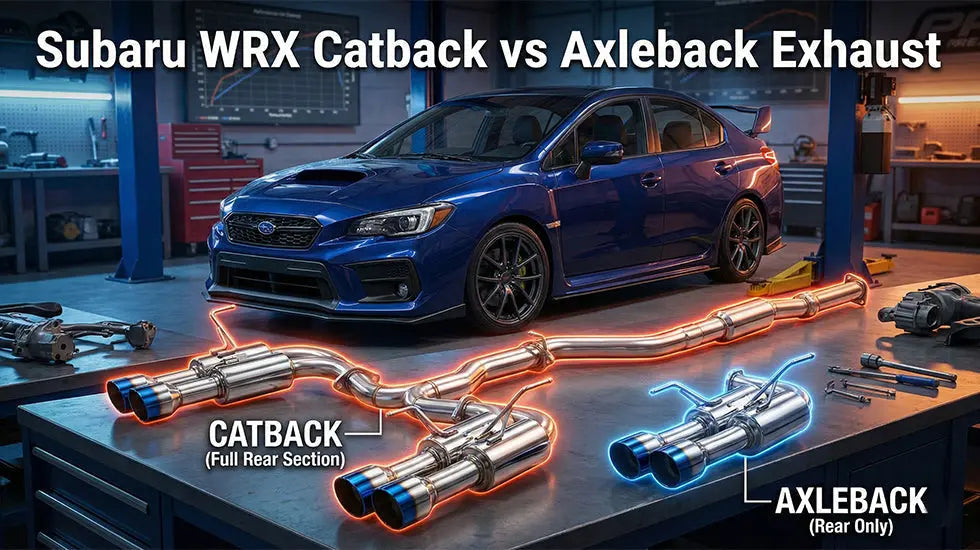Introduction
What Is EGR Delete?
EGR Delete means removing or bypassing the Exhaust Gas Recirculation system from your Powerstroke engine.
This mod is popular among diesel owners who want more performance and fewer emissions issues.
If you’ve ever heard of “EGR trouble codes” or experienced power loss, you’re in the right place.
Why Is EGR Delete Popular Among Ford Powerstroke Owners?
Powerstroke engines, especially the 6.0 and 6.7 models, are known for EGR-related headaches.
Many owners choose EGR Delete to avoid clogging, improve reliability, and get smoother throttle response.
Let’s dig deeper into why so many folks make this change.
Understanding EGR Systems
How Does an EGR System Work?
The EGR system recirculates a portion of exhaust gases back into the intake, lowering combustion temperatures and reducing emissions.
This can help engines meet emissions standards, but it also introduces soot and carbon buildup over time.
If you’ve noticed sticky valves or clogged passages, that’s often the EGR’s doing.
Common Problems with EGR on Powerstroke Engines
On Powerstroke trucks, the EGR system is a well-known weak spot.
Common issues include leaking coolers, stuck valves, and the dreaded check engine light.
Not only can this affect performance, but it may also lead to costly repairs down the road.
Is It Worth Deleting the EGR on a 6.7 Powerstroke?
Performance Benefits
Removing the EGR can lead to noticeable performance gains, including quicker throttle response and a bump in horsepower.
Many drivers report the engine running smoother and with fewer hiccups.
You’ll likely feel the difference, especially under heavy load or towing.
Potential Fuel Economy Improvements
With less exhaust gas recirculated, the engine breathes easier.
Some owners see a slight increase in MPG, though gains can vary depending on driving habits and other mods.
It’s not a guarantee, but every bit counts when you’re fueling up a big diesel.
Real User Experiences
Ask around or check out diesel forums—you’ll see mixed stories.
Most Powerstroke owners who went for an EGR Delete are glad they did, enjoying fewer breakdowns and more confidence on the road.
That said, it’s not a magic fix for every problem, so it’s good to weigh the pros and cons.
Do I Need a Tune After EGR Delete on a 6.7 Powerstroke?
What Is ECU Tuning?
After deleting the EGR, your truck’s computer may need reprogramming to run smoothly.
An ECU tune adjusts parameters so the engine doesn’t look for the now-missing EGR signals.
Think of it as teaching your truck to run without its EGR “training wheels.”
Risks of EGR Delete Without Tuning
If you skip the tune, you’ll likely get warning lights or even go into limp mode.
Fuel maps and emissions systems may not function as intended, which could cause rough running.
Bottom line: a proper tune is not optional—it’s essential.
Recommended Tuners for 6.7 Powerstroke
Look for reputable brands like SCT, EZ Lynk, or H&S when shopping for a tuner.
Many kits are specifically designed for EGR Delete and offer custom tunes for your model year.
Don’t cheap out on this part—quality matters for reliability and long-term performance.
What Are the Downsides of EGR Delete?
Legal and Emissions Risks
EGR Delete is not legal for street-driven vehicles in most states.
If you live in an area with emissions testing, deleting EGR will almost certainly fail you.
It’s meant for off-road or competition use only, so keep that in mind.
Warranty and Inspection Concerns
Once you delete EGR, say goodbye to your powertrain warranty.
Dealers will spot the mod quickly and deny related claims.
Some inspection stations may also flag your truck, so plan ahead.
Possible Engine Issues
While EGR Delete can help with reliability, improper installation can cause trouble.
Missed connections or coolant leaks are a headache nobody wants.
Always follow instructions or trust an experienced shop.
What Is Needed to Delete a 6.7 Powerstroke?
Required Tools and Parts
You’ll need an EGR Delete kit, basic hand tools, torque wrenches, and sometimes a coolant reroute hose.
Some kits come with block-off plates and hardware; others include new pipes or sensors.
Read your kit instructions carefully before getting started.
Popular EGR Delete Kits
Big names in the diesel scene include Sinister Diesel, SPE, and Flo-Pro.
These kits are well-reviewed and designed to fit Ford Powerstroke trucks without major modifications.
Shop around for what best fits your budget and needs.
DIY vs. Professional Installation
Handy with tools? You can tackle an EGR Delete at home in a weekend.
If not, consider a reputable diesel performance shop—they’ve seen it all and can save you time (and headaches).
Either way, double-check your work and don’t rush the process.
Step-by-Step Guide: How to Perform an EGR Delete
Preparation and Safety Tips
Park on a flat surface and let your engine cool completely.
Disconnect the batteries and gather all required tools and parts.
Wearing gloves and eye protection is always a smart move.
Removal Process Overview
Start by draining a bit of coolant to avoid spills.
Remove intake pipes and the EGR cooler carefully.
Install block-off plates and reroute any necessary hoses—follow your kit’s guide to the letter.
Common Mistakes and How to Avoid Them
Forgetting to bleed the coolant system is a classic slip-up.
Double-check every connection, especially clamps and sensors.
Take your time—haste leads to leaks and headaches later.
Legal Risks and Emissions Compliance
Is EGR Delete Legal in Your State or Country?
Most places in the US and Canada ban EGR Delete on street vehicles.
Fines can be steep, and you risk your registration if caught.
Always check your local laws before making any changes.
Impact on Vehicle Registration and Inspection
Without a functioning EGR, passing emissions testing is unlikely.
Some states require visual inspections, while others check OBD codes.
If you depend on your truck for daily driving, think twice before deleting.
Environmental Considerations
EGR systems help reduce nitrogen oxide (NOx) emissions.
Removing them means your truck will pollute more, which is why laws are so strict.
Consider the bigger environmental picture before making the switch.
FAQ
Q: Is EGR Delete Safe for My Truck?
If done right, EGR Delete is safe and reliable.
Just remember that shortcuts or cheap parts cause trouble.
Stick to quality kits and follow instructions closely.
Q: Will EGR Delete Affect My Insurance?
Most insurers don’t ask about engine mods, but denied claims can happen if you’re caught.
Ask your agent if you’re unsure, or check your policy details.
Transparency is always the best policy.
Q: How Much Does EGR Delete Cost?
DIY parts start around $250–$600, while professional installs can reach $1,000 or more.
Don’t forget to budget for a tune—it’s essential.
The upfront investment often pays off in fewer repairs down the line.
Q: Other Common Concerns
Worried about resale value? Some buyers love deleted trucks, others steer clear.
Got a question not answered here? Reach out—there’s always more to learn.
Conclusion
Is EGR Delete Right for You?
If you want fewer breakdowns, more power, and don’t need to pass emissions, EGR Delete could be a smart move.
Just weigh the risks, legal factors, and long-term plans for your truck.
When in doubt, talk to a diesel pro before diving in.
Final Tips and Recommendations
Take your time choosing the right kit and installer.
Always tune your ECU after deleting the EGR.
And above all, know your local laws to avoid trouble down the road.


